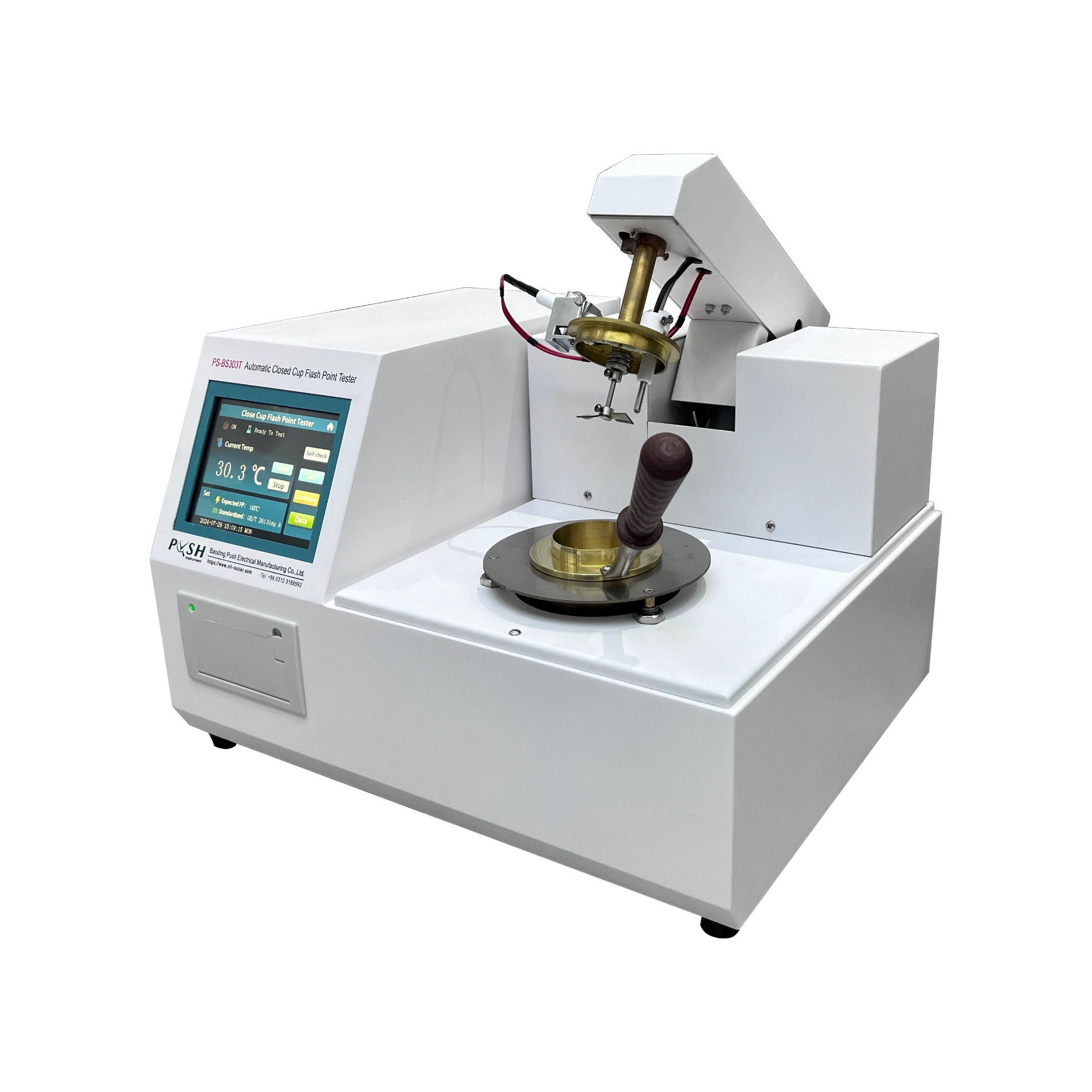 English
English



-
 Afrikaans
Afrikaans -
 Albanian
Albanian -
 Amharic
Amharic -
 Arabic
Arabic -
 Armenian
Armenian -
 Azerbaijani
Azerbaijani -
 Basque
Basque -
 Belarusian
Belarusian -
 Bengali
Bengali -
 Bosnian
Bosnian -
 Bulgarian
Bulgarian -
 Catalan
Catalan -
 Cebuano
Cebuano -
 China
China -
 China (Taiwan)
China (Taiwan) -
 Corsican
Corsican -
 Croatian
Croatian -
 Czech
Czech -
 Danish
Danish -
 Dutch
Dutch -
 English
English -
 Esperanto
Esperanto -
 Estonian
Estonian -
 Finnish
Finnish -
 French
French -
 Frisian
Frisian -
 Galician
Galician -
 Georgian
Georgian -
 German
German -
 Greek
Greek -
 Gujarati
Gujarati -
 Haitian Creole
Haitian Creole -
 hausa
hausa -
 hawaiian
hawaiian -
 Hebrew
Hebrew -
 Hindi
Hindi -
 Miao
Miao -
 Hungarian
Hungarian -
 Icelandic
Icelandic -
 igbo
igbo -
 Indonesian
Indonesian -
 irish
irish -
 Italian
Italian -
 Japanese
Japanese -
 Javanese
Javanese -
 Kannada
Kannada -
 kazakh
kazakh -
 Khmer
Khmer -
 Rwandese
Rwandese -
 Korean
Korean -
 Kurdish
Kurdish -
 Kyrgyz
Kyrgyz -
 Lao
Lao -
 Latin
Latin -
 Latvian
Latvian -
 Lithuanian
Lithuanian -
 Luxembourgish
Luxembourgish -
 Macedonian
Macedonian -
 Malgashi
Malgashi -
 Malay
Malay -
 Malayalam
Malayalam -
 Maltese
Maltese -
 Maori
Maori -
 Marathi
Marathi -
 Mongolian
Mongolian -
 Myanmar
Myanmar -
 Nepali
Nepali -
 Norwegian
Norwegian -
 Norwegian
Norwegian -
 Occitan
Occitan -
 Pashto
Pashto -
 Persian
Persian -
 Polish
Polish -
 Portuguese
Portuguese -
 Punjabi
Punjabi -
 Romanian
Romanian -
 Russian
Russian -
 Samoan
Samoan -
 Scottish Gaelic
Scottish Gaelic -
 Serbian
Serbian -
 Sesotho
Sesotho -
 Shona
Shona -
 Sindhi
Sindhi -
 Sinhala
Sinhala -
 Slovak
Slovak -
 Slovenian
Slovenian -
 Somali
Somali -
 Spanish
Spanish -
 Sundanese
Sundanese -
 Swahili
Swahili -
 Swedish
Swedish -
 Tagalog
Tagalog -
 Tajik
Tajik -
 Tamil
Tamil -
 Tatar
Tatar -
 Telugu
Telugu -
 Thai
Thai -
 Turkish
Turkish -
 Turkmen
Turkmen -
 Ukrainian
Ukrainian -
 Urdu
Urdu -
 Uighur
Uighur -
 Uzbek
Uzbek -
 Vietnamese
Vietnamese -
 Welsh
Welsh -
 Bantu
Bantu -
 Yiddish
Yiddish -
 Yoruba
Yoruba -
 Zulu
Zulu
cable insulation test
Cable Insulation Test Ensuring Safety and Reliability in Electrical Systems
Cable insulation plays a pivotal role in the safety, efficiency, and reliability of electrical systems. Insulation serves as a barrier that protects conductive materials from short-circuiting and external environmental factors. Consequently, conducting thorough insulation tests is vital to ensure that cables are safe for use and can perform effectively under various conditions. This article will explore the importance of cable insulation testing, commonly used methods, and best practices for ensuring optimal cable performance.
The Importance of Cable Insulation Testing
The primary function of cable insulation is to prevent electric shock and equipment failures by keeping the electrical current confined within the conductive materials. Over time, various factors such as environmental conditions, mechanical stress, and aging can compromise insulation integrity. If a cable's insulation fails, it can lead to catastrophic results, including electrical fires, equipment damage, or severe injury to people. Therefore, cable insulation testing is crucial in identifying potential issues before they escalate into serious problems.
Additionally, industries are required to comply with strict safety regulations and standards
. Regular testing not only ensures compliance but also fosters trust among consumers who rely on safe and reliable electrical systems. Organizations that prioritize cable insulation testing demonstrate a commitment to safety and operational excellence.Common Methods of Cable Insulation Testing
Several methods are utilized to test cable insulation, each suited to specific scenarios and requirements. Some of the most common methods include
1. Insulation Resistance Testing This method involves applying a high voltage (typically between 250V and 1000V) to the insulation and measuring the resistance. A higher insulation resistance indicates better insulation performance. Values below a specific threshold may indicate insulation deterioration or moisture ingress.
cable insulation test

2. Dielectric Withstand Testing Often referred to as a “Hi-Pot” test, this method applies a high voltage across the insulation for a predetermined duration. The goal is to evaluate how the insulation withstands stress without breaking down. The test measures the leakage current flowing through the insulation and determines whether it is within acceptable limits.
3. Very Low Frequency (VLF) Testing This method uses a low-frequency AC voltage to test insulation. VLF testing is particularly useful for long cables, as it minimizes the risk of capacitive charging that can occur with standard high-voltage testing. It provides a reliable way to assess insulation integrity over longer distances.
4. Time Domain Reflectometry (TDR) TDR is a diagnostic tool used to locate faults in cables. By sending a pulse along the cable and analyzing the reflected signals, technicians can identify issues such as short circuits, open circuits, and insulation breakdowns with precision.
Best Practices for Cable Insulation Testing
To ensure effective cable insulation testing, organizations should adopt certain best practices
- Regular Testing Schedule insulation tests routinely to catch issues early and maintain compliance with safety standards. - Use Proper Equipment Invest in reliable and calibrated testing equipment to ensure accurate measurements. - Train Personnel Ensure that technicians conducting the tests are well-trained and understand the principles and procedures involved. - Document Results Maintain thorough records of all testing activities and results. This documentation can serve as invaluable evidence of compliance and can be referenced during audits or inspections.
In conclusion, cable insulation testing is an essential practice that safeguards electrical systems from failures and promotes safety in various applications. By understanding the importance of these tests and adhering to best practices, organizations can ensure the reliability and integrity of their cable installations, thereby protecting both their assets and personnel.
-
Testing Equipment Industry Sees Major Advancements in 2025: Smart & Precision Technologies Lead the WayNewsJun.06,2025
-
Applications of Direct Current Generators in Renewable Energy SystemsNewsJun.05,2025
-
Hipot Tester Calibration and Accuracy GuidelinesNewsJun.05,2025
-
Digital Circuit Breaker Analyzer Features and BenefitsNewsJun.05,2025
-
Benefits of Real-Time Power Quality Monitoring Devices for Industrial EfficiencyNewsJun.05,2025
-
Earth Fault Loop Testing in High-Rise Building Electrical SystemsNewsJun.05,2025



